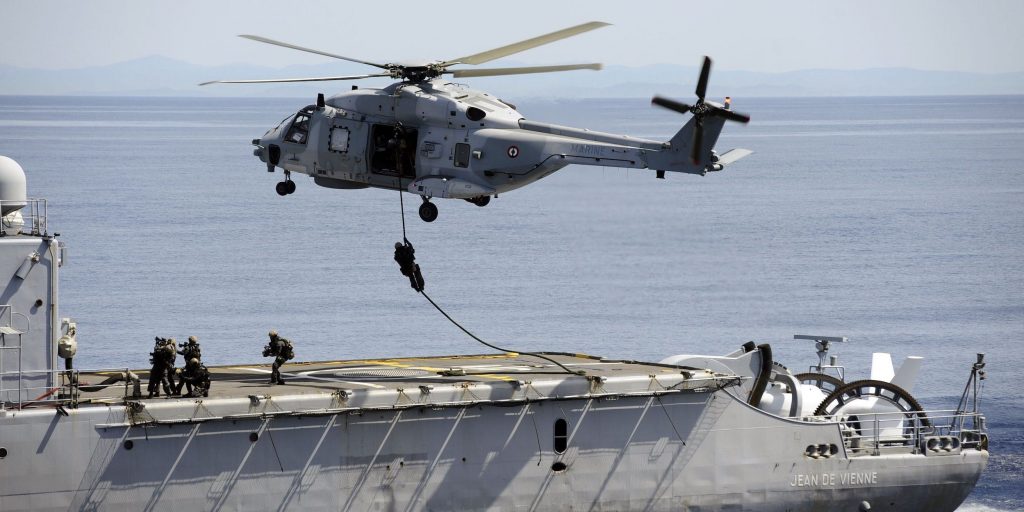- Special-operations forces are some of the most prominent and active military units in the world.
- US units, like the Navy SEALs, are well-known, but many countries field top-tier special operators.
- Here are some of the world's other top units, based on combat experience and strategic utility.
Special-operations forces have become many countries' go-to military units for crisis response.
SOF units offer a low-cost, high-reward option, and their small footprint makes them more politically acceptable for policymakers when the public is wary of large military commitments.
The US military boasts some of the best SOF units in the world, such as the Army's Delta Force and the Navy's SEAL Teams.
But what about non-US SOF units? Here's a brief list of the rest of the world's top units, based on combat experience and strategic utility.
Special Air Service (SAS)/Special Boat Service (SBS)
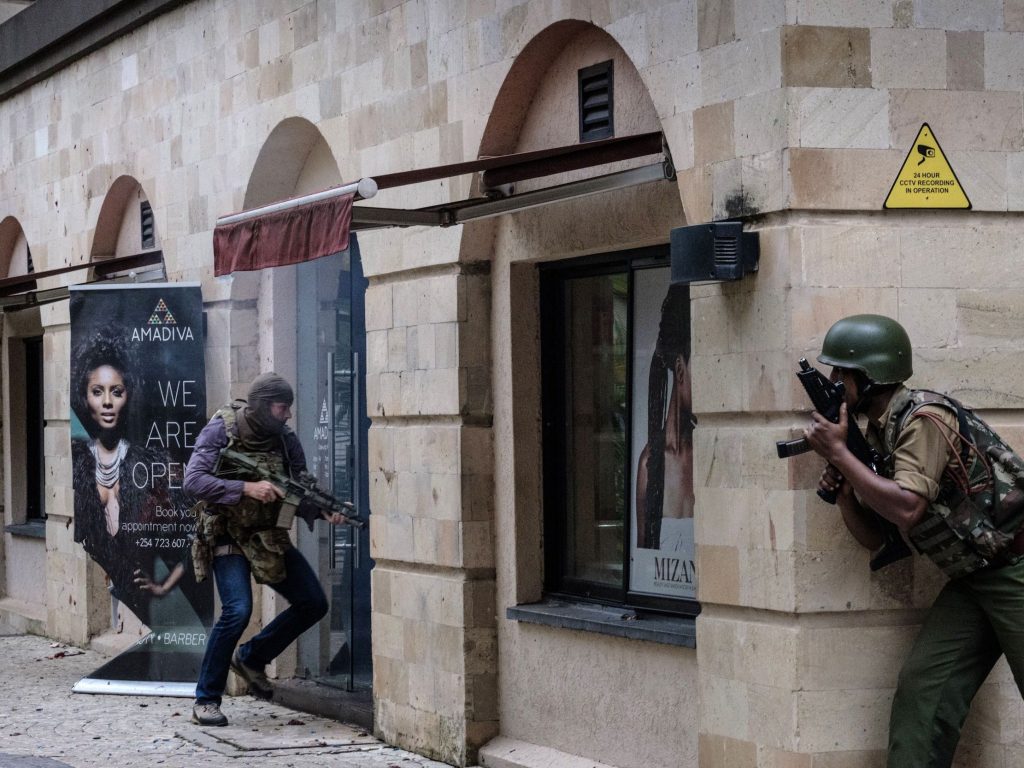
Many consider the SAS the father of modern SOF units. The SAS was created in 1940 to help turn the tide against Axis forces in North Africa. Its maritime counterpart, the SBS, followed shortly afterward.
The units specialize in counterterrorism, hostage rescue, special reconnaissance, and direct action, with the SBS having a maritime focus.
SAS and SBS troopers have seen action in Malaya, Borneo, Oman, Yemen, Northern Ireland, the Falklands, Sierra Leone, Libya, Afghanistan, Iraq, and Syria, among other places.
One of their most famous operations was in 1980, when an SAS unit stormed the besieged Iranian embassy in London and freed several hostages. The action was immortalized in live television.
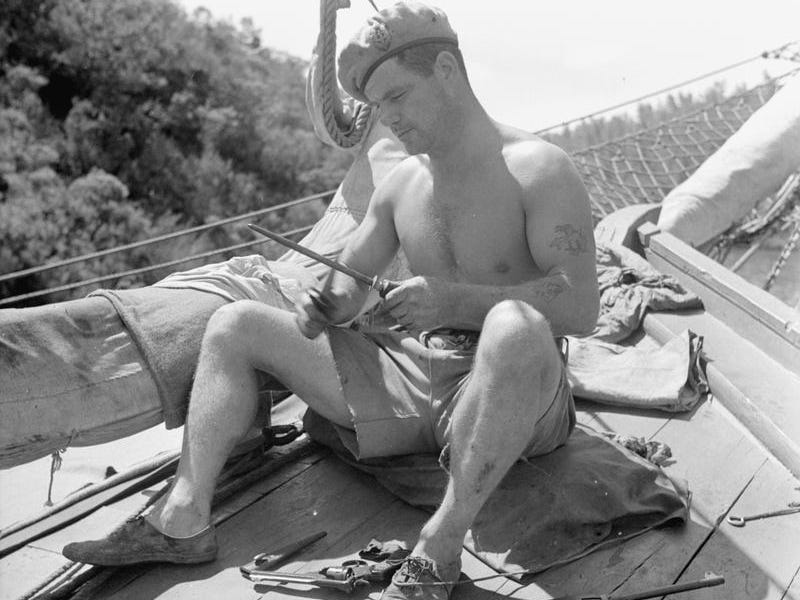
The SAS and SBS now share a joint selection process with five phases. (SBS candidates have an additional phase of combat diving and underwater operations.)
The second phase, which takes place in the Brecon Beacons mountain range and lasts four weeks, is notorious for its difficulty. Candidates have to complete a series of increasingly difficult navigational exercises while carrying heavy loads.
The rest of the phases include jungle and urban warfare, and survival, evasion, resistance, and escape, or SERE, training.
The US Army's Delta Force was modeled after the SAS, and the units share a close relationship. Similarly, the SBS shares a tight bond and frequent exchange programs with the US Navy's SEAL Team 6.
You'll often find Australian and New Zealander operators in the SAS and SBS, as their countries and units have a close relationship.
Special Air Service Regiment (SASR)
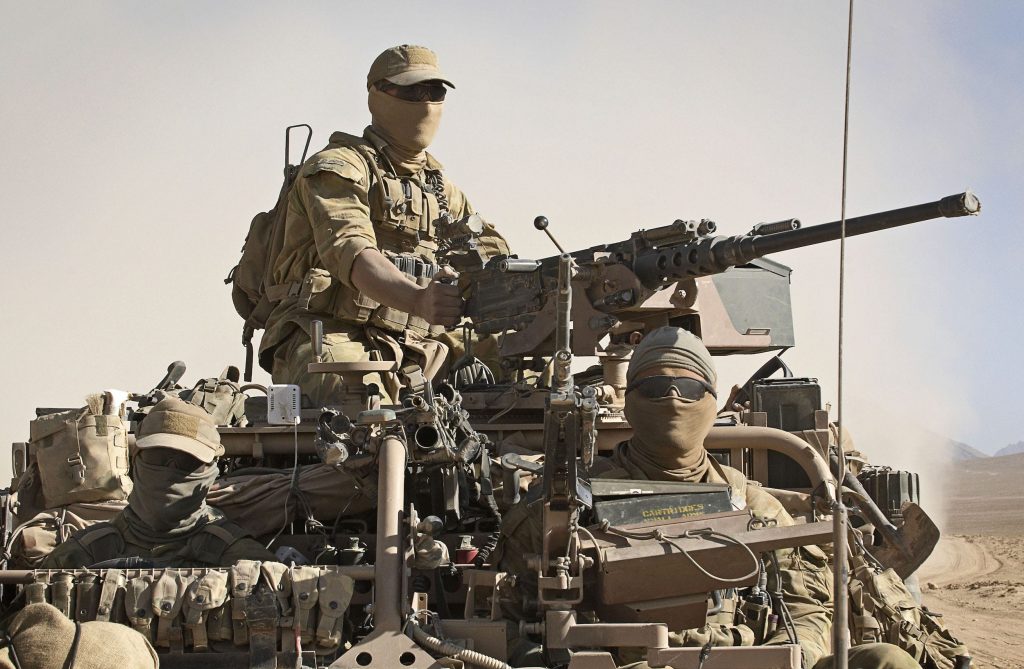
Formed in 1957, the SASR is Australia's top-tier SOF unit. It specializes in counterterrorism, special reconnaissance, and direct action. SASR operators have seen action in Vietnam, Borneo, East Timor, Afghanistan, Iraq, Syria, and Africa.
A brutal 21-day selection ensures that only the physically prepared and mentally strong pass. In the concluding days, candidates carry heavy loads with almost no food and little sleep and are assigned tasked designed to be unachievable in order to test their ability to deal with failure while at the edge of human endurance.
Successful candidates then go to a 16-month reinforcement cycle where they learn the basics of being an SASR operator.
The SASR has been a loyal US partner, having been one of the first units to deploy to Afghanistan shortly after 9/11. Two SASR operators have won the Victoria Cross, the equivalent of the Medal of Honor, while in country.
New Zealand Special Air Service (NZSAS)
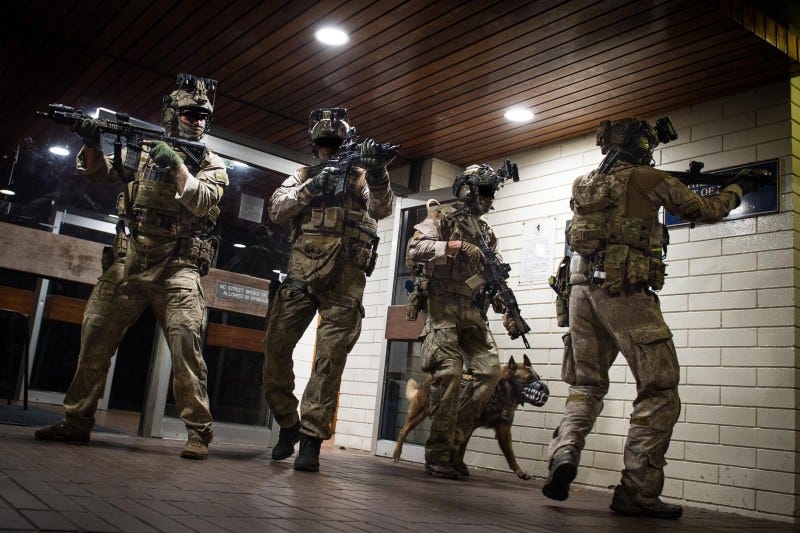
In 1955, the New Zealand government sought to fill a critical gap in its SOF capabilities by establishing the NZSAS.
Like its British and Australian cousins, the NZSAS primarily specializes in direct action, special reconnaissance, counterterrorism, and hostage rescue missions.
Additionally, the NZSAS has a great combat-tracking reputation that goes back to the Malayan Emergency and the Vietnam War. Despite technological leaps since then, NZSAS troopers still teach their tracking expertise across the world.
Selection for the NZSAS is a 10-day process with limited food and scant sleep. Constant physical events push candidates to their limits. Von Tempksy, one of the exercises, has candidates march for 24 hours in a straight line though whatever terrain they encounter carrying up to 100 pounds.
Selection ends with an untimed 38-mile ruck march with similarly heavy loads. A grueling months-long reinforcement cycle follows in which prospective operators learn the craft of an NZSAS operator. Candidates who pass selection can still wash out during the reinforcement cycle.
Throughout its history, the NZSAS has seen combat in the Malayan Emergency, Borneo, Vietnam, East Timor, and Afghanistan but has also deployed to numerous other countries. An NZSAS operator received the Victoria Cross in Afghanistan.
Le Commando Hubert
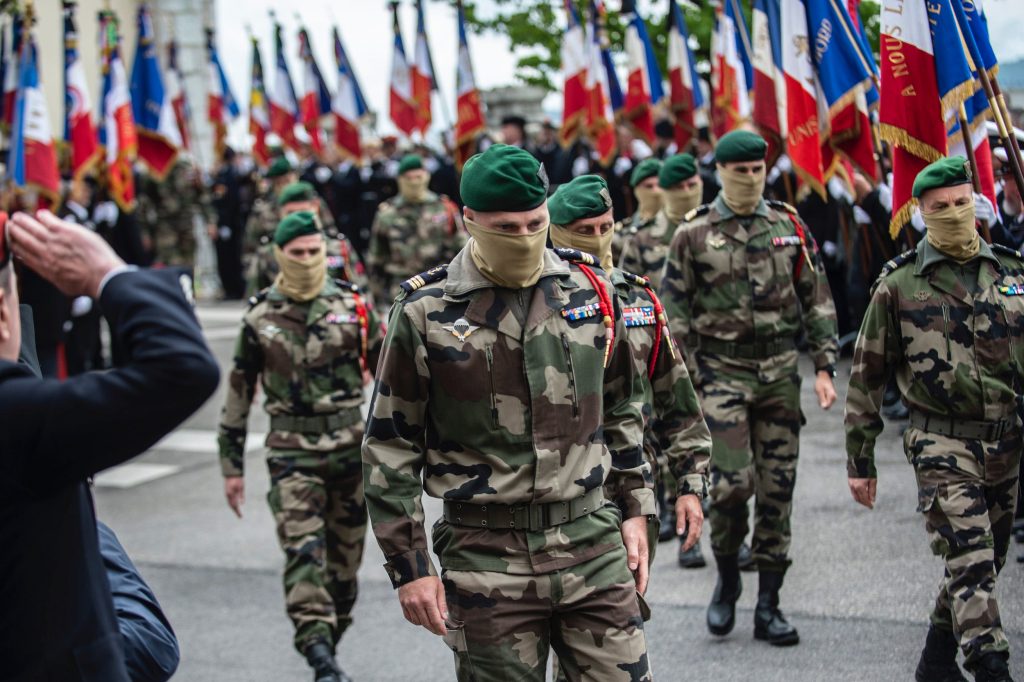
The elite of the French Navy.
Equivalent to the British SBS and the US's SEAL Team 6, Commando Hubert is at the tip of the spear of French SOF. It specializes in hostage rescue, counterterrorism — with a focus on maritime environments — direct action, and underwater special operations.
The French Navy has seven Commandos. To serve in the Commando Hubert, a sailor must have been in another commando for a few years before applying. The unit's rigorous selection process mainly focuses on combat diving training and advanced underwater operations.
The unit has deployed to Algeria, Lebanon, Afghanistan, and Africa, spearheading the fight against jihadists in the Sahel. In 2019, two members of the unit were killed in action during a daring hostage rescue in Burkina Faso.
Light Reaction Regiment (LRR)
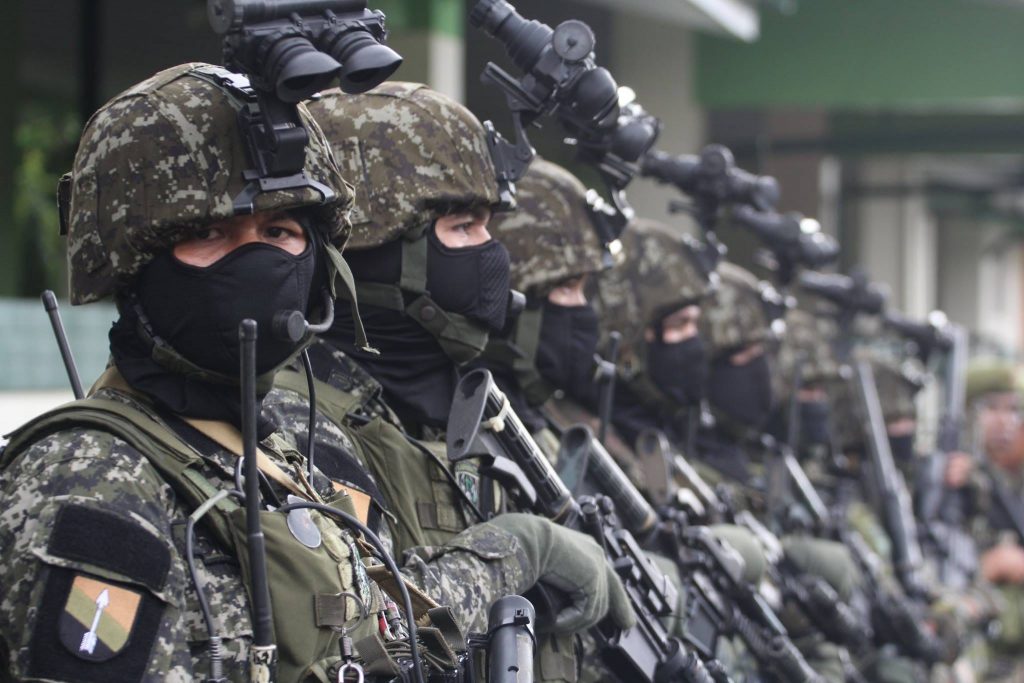
A quiet but deadly Filipino SOF unit that has seen lots of combat in recent years.
It was created in 2000 after a series of terrorist attacks and kidnappings rocked the Philippines. The US funded the training and provided Army Special Forces soldiers to stand up the unit.
The LRR specializes in counterterrorism, direct action, hostage rescue, and special reconnaissance. It has been pivotal in the fight against Abu Sayyaf, ISIS-Philippines, and other jihadist groups.
The unit is best known for its actions during the Zambo, Marawi, and Zamboanga sieges. It is also famous for a Trojan horse operation in which a small element dressed as if it was going to a wedding, with several operators pretending to be women, and killed a high-value target.
Like the other units in this list, the LRR has military free-fall and combat-swimmer capabilities.
Honorable mention
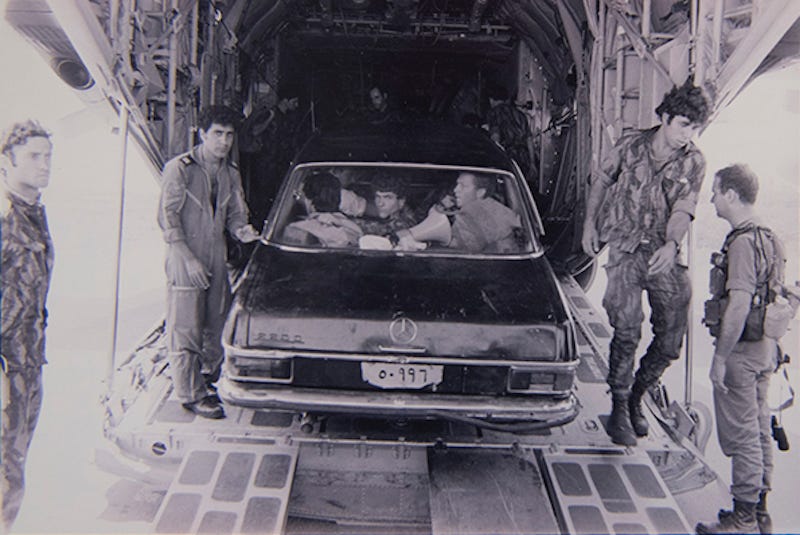
A number of other SOF units have distinguished themselves but didn't make the list.
The South African Special Forces Brigade, called the Recces, is known for its performance during the Angolan Civil War, where it conducted hairy operations hundreds of miles behind enemy lines.
The Israeli Sayeret Matkal succeeded in saving scores of hostages during the legendary operation in Entebbe.
The British Special Reconnaissance Regiment and its predecessors conducted some pioneering close reconnaissance and undercover ops in Northern Ireland.
This story was first published in September 2020.
Stavros Atlamazoglou is a defense journalist specializing in special operations, a Hellenic Army veteran (national service with the 575th Marine Battalion and Army HQ), and a Johns Hopkins University graduate. He is working toward a master's degree in strategy and cybersecurity at the Johns Hopkins' School of Advanced International Studies.
